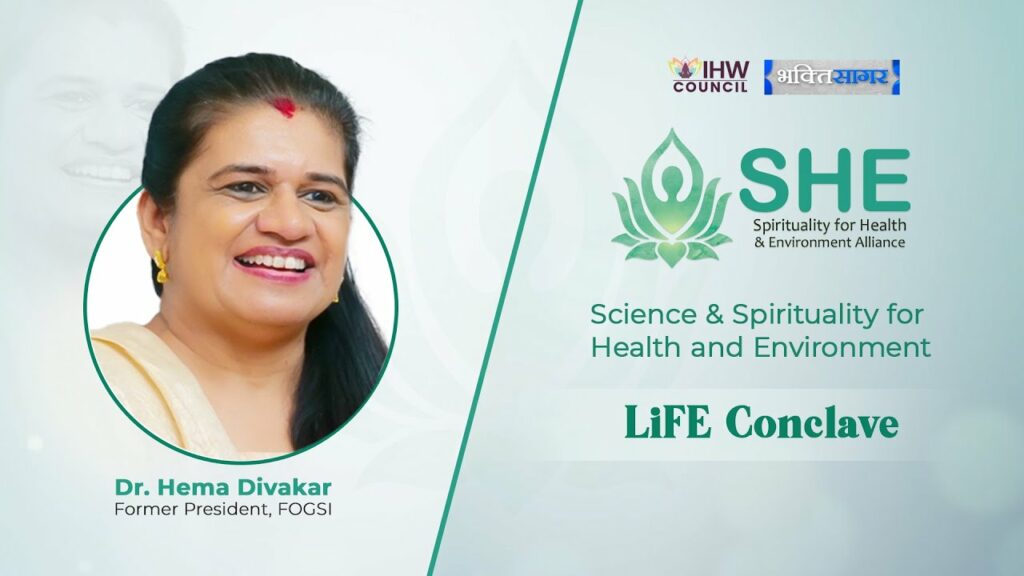Unintended pregnancy is defined as a pregnancy that is unwanted. In simpler words, a pregnancy occurs when the couple does not want to have a child or if the pregnancy is mistimed (the pregnancy occurred earlier than desired).
The prevalence of unintended pregnancy helps in understanding the unmet need for contraception. Most unintended pregnancies result from not using any method of contraception or from not using it consistently or correctly. Contraception is also referred to as birth control or family planning.
Typically, women start their reproductive age at 15-16 years and reach menopause around 50 years of age. So, most women have around three decades of being sexually active while trying to avoid getting pregnant. This can be challenging, especially if they are not educated or financially independent.
To help women, men, and couples prevent unintended pregnancy, it is essential to understand their reproductive life plan or family planning intentions. It can include achieving any personal life goals that they have set for themselves before getting pregnant, deciding whether they want to have any or more children, and what is their desired timing and spacing between the pregnancies.
Understanding this helps to arrive at the best contraceptive method available for them. Various methods of contraception available to prevent unintended pregnancy are:
- Long-Acting Reversible Contraception (LARC) – LARC is defined as a method that requires one administration per cycle/month or lesser. These include non-hormonal copper intrauterine devices, progestin-only intrauterine systems, and injectable or implantable contraceptives.
These methods provide oestrogen-free options for women who cannot take combined hormonal contraceptive pills. They can be used safely in individuals with cardiovascular risk factors, epilepsy, and physical or intellectual disabilities.
Additionally, the effectiveness of LARC methods is not dependent on compliance or correct use by the individuals as compared to oral contraceptive pills which have to be taken at the same time every day. LARC methods greatly minimize the need for user dependence on adherence to a routine. Yet, it is advised to use a condom despite LARC methods as they do not protect against STDs.
- Permanent contraception– This includes sterilization methods like vasectomy and tubectomy. It is advised for individuals who are certain that they do not intend to have any or more children. They should discuss this option with their physician before deciding to undergo this as it is irreversible for all practical purposes.
- Other methods for contraception include oral contraceptive pills, barrier methods like condoms and female diaphragm, spermicidal sponges, etc.
- Fertility awareness-based methods and lactational amenorrhea methods are generally unreliable and not advised for preventing unintended pregnancies.
For enquiries and online appointments, visit Divakars Hospital website.
You can seek 2nd opinion with Dr Hema Divakar and other specialist doctors through the Divakar’s Hospital app which can be downloaded from Google Play Store or ios here – Health for Her.
Subscribe to Divakars Hospital YouTube Channel and stay updated on videos related to pregnancy and women’s healthcare.



